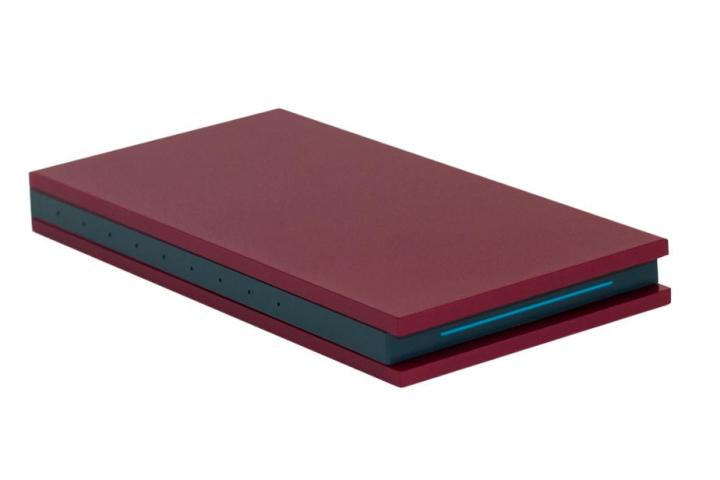
The ambitious video-curation device put together by former TiVo creators Michael Ramsay and Jim Barton known simply as Qplay is now a reality – sort of.
We’ve been tentatively following the evolution of Qplay since news first broke about the device through a patent application uncovered by blogger Dave Zatz back in December. And now, for the entry-level price of $49, you can be one of the first to beta test Qplay for yourself in the company’s early adopter program.
The idea behind the Qplay system is brilliantly simple: take the scattered experience of searching for videos online, and make it more like the succinct, ordered experience of modern television. The Android-powered set-
Ads at the start of videos are auto-skipped and you can skip ads encountered while viewing yourself. The device also has a social media aspect, allowing you to engage with what friends are watching from social sites like Facebook and Twitter. Perhaps most curiously, the Android powered box is controlled through an app developed for the iPad – as Powerman 500 would say, “Now this is what it’s like when worlds collide.”
In a recent interview with Wired, Ramsay and Barton said they also see the possibility of adding an element of live TV to their inventive new system. However, Qplay may run into some serious competition there from Mohu’s planned Channels set-top device, available for pledges now on Kickstarter. Using a very similar idea, Channels allows you to take all of your favorite websites and streaming apps and arrange them into a guided channel setup, organized in a decidedly nostalgic up and down configuration.
But in an innovative twist, Mohu has beaten Qplay to the punch with the incorporation of the live TV aspect, adding an input for an HD antenna – you can use your own, or one of Mohu’s acclaimed Leaf antennae. Available local broadcast stations are also arrangeable in any fashion you choose, right alongside your other ‘channels’ linking to websites and apps like Netflix and Hulu Plus.
Another way Channels has Qplay beat is its upstanding relationship with the Google Play Store. Through the Channels menu, you can order virtually any video app developed for the Android system. In comparison, Qplay is still trying to broker deals with the big boys of the streaming world, relying for now on free sites like Vimeo, Vine, and Youtube. And while Wired reports that Netflix is coming to Qplay in a matter of months, for now, it’s strictly a free-video affair.
Still, while Qplay and Channels have many similarities, Qplay is its own animal. Rather than accessing sites directly through apps, it aims to find what you want through a broader realm of categories. With Qplay you’re looking for the content, not the application, and the system is designed to help you find what you want, and work dynamically to keep you abreast of the latest and greatest breaking events in each category.
Both of these systems are brand new, and it remains to be seen how well they will work when the rubber hits the road, but whether or not you’re ready to invest in an upstart like Qplay or Channels, they are exciting new innovations that push the boundaries of how we experience media in the ever-changing streaming landscape. Both new systems represent exciting new steps towards a future in which the mighty grip of cable and satellite will have to contend with some serious competition.


